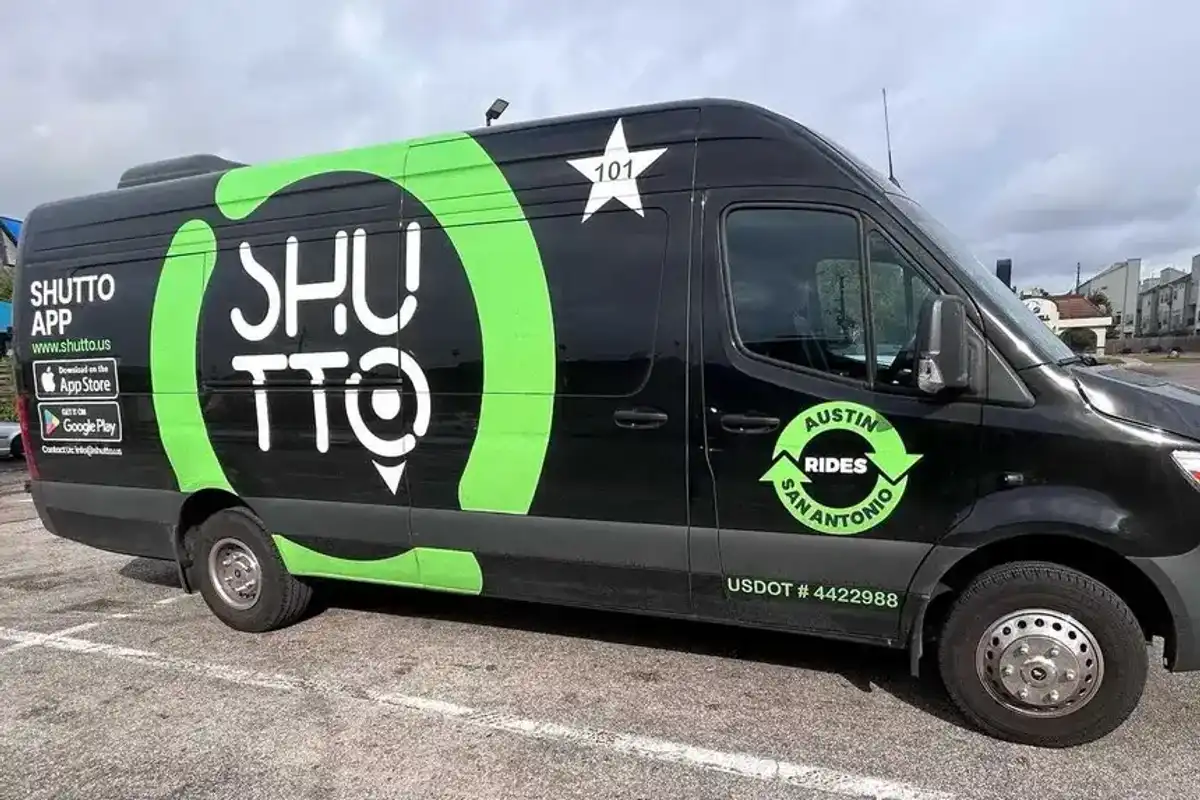A California company has acquired Houston-based Soliton as well as its innovative device that uses sound to eliminate cellulite.
Allergan Aesthetics, an AbbVie company, has announced an agreement to acquire Soliton and its rapid acoustic pulse device RESONICTM, which recently received U.S. Food and Drug Administration clearance for the treatment of cellulite.
The company's team first developed the basis of the tool for tattoo removal and earned FDA clearance for that treatment a few years ago. Christopher Capelli and Walter Klemp co-founded Soliton in 2012.
The acquisition will take Soliton's technology to the next level, says Klemp, who serves as the company's executive chairman.
"Allergan Aesthetics' brand recognition, global footprint, track record and commitment to developing best-in-class aesthetic treatments makes the Company ideally suited to maximize the commercial potential of the RESONICTM rapid acoustic pulse technology," Klemp says in the release.
"I am proud of the passion and accomplishments of the Soliton team and thankful for the ongoing support of our investors which have culminated in this transaction," he continues. "We look forward to working with Allergan Aesthetics to ensure a successful completion of this transaction."
For Carrie Strom, president of Global Allergan Aesthetics and senior vice president at AbbVie, Soliton's solution has a great potential in the market. Soliton's clinical trial data that was submitted to the FDA showed that after a single treatment session, RESONICTM demonstrated significant improvement and strong patient satisfaction with 92.9 percent of subjects agreeing or strongly agreeing their cellulite appeared improved, per the release.
"There is a huge unmet need to address cellulite and effective treatments have been elusive and frustrating for consumers," Strom says in the release. "Soliton's technology offers a new, completely non-invasive approach with clinically-proven results to reduce the appearance of cellulite with no patient downtime.
"The addition of this technology complements Allergan Aesthetics' portfolio of body contouring treatments," she continues. "Health care providers will now have another option to address consumers' aesthetic concerns."
Brad Hauser, CEO of Soliton, previously told InnovationMap that the company's plans for 2021 included focusing on the commercialization of their product and get it into the hands of dermatologists, plastic surgeons, and other medical professionals for 25 key accounts — potentially including ones Houston — with a plan for a national rollout in 2022.




 Brad Hauser is the CEO of Soliton. Photo courtesy of Soliton
Brad Hauser is the CEO of Soliton. Photo courtesy of Soliton



